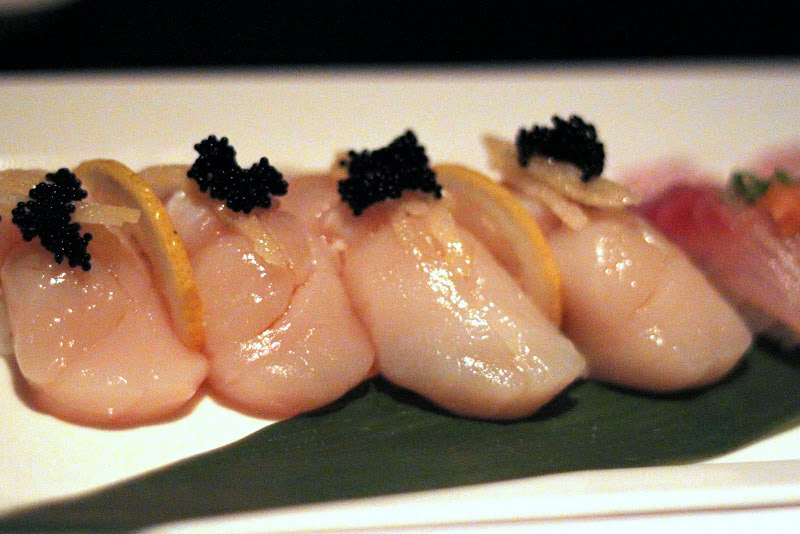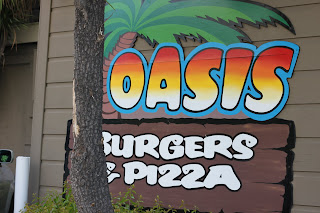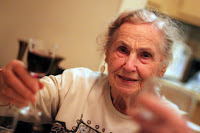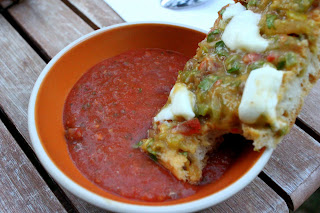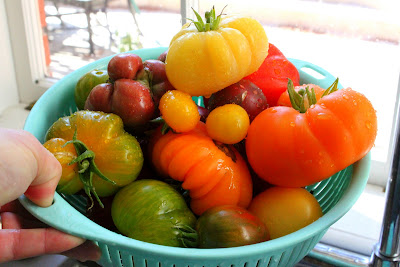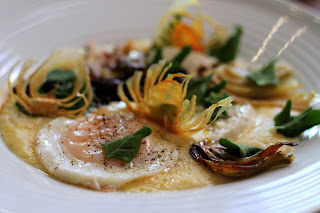Difficult wine pairings with Japanese non-sushi at Himawari
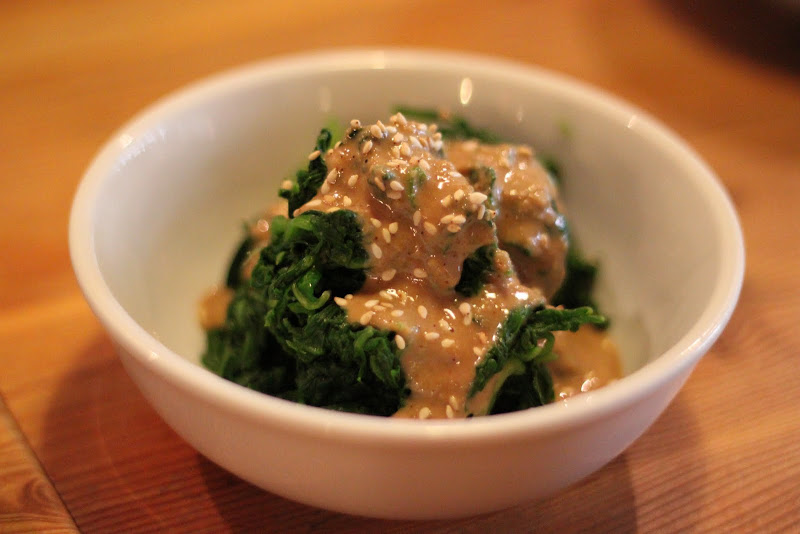
My favorite Japanese non-sushi in the Bay Area is now officially Himawari . Filled with Japanese families, this hole-in-the-wall place in downtown San Mateo has not disappointed yet. Their ramen soups, agedashi tofu, and fried chicken are just some of the perfectly executed dishes served. But it's notoriously non-obvious which wines to pair with them, outside of the always-safe Champagne. So I asked my friend and wine director at Donato Enoteca - Eric Lecours - for recommendations. Given that Eric has lived in Japan, is married to a Japanese, and was the one who introduced me to Himawari, who better to ask for wine pairing advise?! Here is what he suggested. Delicious spinach ("goma ae"), amazingly non-stringy and non-chewy texture (as spinach can easily get), with the intensely good sesame dressing. Paired with: Napa Sauvignon Blanc (slightly grassy with a bit of residual sugar). Best-ever fried chicken ("chicken kara age"). I guess this is Japanese version of
